“Dill Seed Delights: Unveiling the Culinary Magic of this Hidden Gem”
Introduction :
Dill seed, derived from the flowering herb Anethum graveolens, is a small, oval-shaped spice renowned for its unique and versatile flavor profile. With warm, slightly bitter notes accompanied by hints of citrus and licorice, dill seed adds a distinctive touch to culinary creations. Often overshadowed by its leafy counterpart, dill weed, these tiny seeds hold their own in various dishes, from pickles and baked goods to seafood and savory infusions. Beyond its culinary charm, dill seed is known for its traditional use in aiding digestion and offering potential antioxidant and anti-inflammatory benefits. Discover the culinary magic and healthful allure packed within the unassuming dill seed.

Health Benefits
Dill isn’t just a flavorful herb; it’s a powerhouse of health benefits. Rich in antioxidants, loaded with flavonoids, and packed with essential nutrients, dill contributes to your overall well-being.
Here’s a quick rundown of why dill seed is a health superhero:
- Antioxidant Rich enriched with antioxidants, dill supports heart health, boosts brain function, and aids in preventing strokes.
- Calcium Boost: With a generous dose of calcium, dill promotes strong and healthy bones.
- Vitamin A and C: Essential vitamins for immune support and overall health.
- Iron Content: A source of iron, contributing to your body’s vitality.
- Digestive Aid: Dill is excellent for digestion, alleviating issues like diarrhea, bloating, and gas.
- Cholesterol Management: Known for lowering cholesterol levels, promoting cardiovascular health.
- Blood Glucose Control: Helps regulate blood glucose, making it beneficial for those with diabetes.
In this article, we’ll delve into 20 facts and advantages of incorporating dill into your diet, shedding light on why it’s an excellent addition to your culinary repertoire.
20 Facts And Advantages of Dill Seed:
-
Antibacterial Wonder
Dill stands out as an exceptional herb for combating infections such as the common cold and flu. With proven antibacterial effects, it acts as a natural defender against harmful microbes. Farmers even plant dill near crops like wheat and barley to ward off fungal infections, showcasing its remarkable protective properties.
-
Battling Depression Naturally
Centuries of traditional use highlight dill as a natural remedy for depression. Packed with phytonutrients, studies indicate that dill acts as a natural antidepressant, offering a holistic approach to mood enhancement and mental well-being.
-
Athletes’ Foot Defense
The natural compounds in dill help fend off fungal infections, particularly on the feet. Applying dill essential oil daily to affected areas can combat candida and naturally heal athletes’ foot within 1-2 weeks.
-
Pickles and Beyond
Dill’s distinctive flavor finds a common home in pickles and fermented vegetables. Not only does it impart a delightful taste, but it also contributes additional health benefits, making your pickled delights a win-win for your taste buds and well-being.
-
Defying Aging with Antioxidants
Rich in monoterpene effects, dill helps reduce the impact of free radicals in the body, acting as a potent antioxidant. By doing so, it becomes a natural ally in protecting the body from advanced aging, supporting cellular health as we age.
-
Easing Menstrual Cramps
For women dealing with menstrual cramps, incorporating herbs like dill, coriander, and ginger into their diet may offer relief. These herbs have been shown to improve blood flow, reducing the intensity of painful periods and menstrual cramps.
-
Natural Insect Repellent
Dill oil emerges as a top-tier natural pest repellent, effective in keeping harmful bugs at bay. Applying a small amount of dill oil to outer door frames and windows can help create a bug-free zone in your home.
-
Managing Epilepsy Naturally
Traditional medicine embraces dill extract as a natural alternative for managing epilepsy. Malaysian studies suggest that dill extract acts as an anticonvulsant, potentially reducing seizures in those with epilepsy.
-
Boosting Breastfeeding Health
Nursing mothers may find value in regularly consuming dill seeds. Packed with magnesium, iron, and calcium, these seeds support healthy breast milk production. Additionally, dill leaves provide a rich source of folate, crucial during the pregnancy stage of fetal development.
-
Stress Reduction with Dill Poultice
For those grappling with stress or anxiety, a dill poultice can offer relief. By mashing dill leaves and applying the paste to the chest, the natural calming effect can help alleviate symptoms of stress, nervousness, and restlessness.
-
Stomach Settler Through the Ages
Historically, dill was employed as a carminative, aiding in settling the stomach, particularly for infants suffering from colic. The name “dill” itself traces back to the Saxon word “Dillan,” meaning “to dull” a restless child to sleep, showcasing its age-old reputation in digestive comfort.
-
Radiant Skin with Dill Paste
Dill paste isn’t just for culinary use; it’s a powerful ally against acne and pimples when applied to the skin. The antioxidants in dill help combat harmful fungal and microbial infections, reducing redness and swelling.
-
Aromatherapy with Dill Essential Oil
Enhance your well-being through aromatherapy by using dill essential oil. Combining it with calming oils like ylang-ylang or jasmine can create a soothing blend. Use it in oil burners or massage oils to promote relaxation and mental clarity.
-
Culinary Excellence: Fish Recipes
Dill finds its culinary home in fish dishes, offering a distinctive taste reminiscent of fennel, anise, and celery with warm undertones. Consider trying Dover Sole with Lemon, Dill, and Leeks for a flavorful experience.
-
Nutrient-Rich Powerhouse
Dill boasts an impressive nutrient profile, including Beta Carotene, Vitamin C, Manganese, Folate, Iron, and Calcium. Its richness in phytonutrients and antioxidant compounds rejuvenates and protects the human body.
-
Storage Tips for Longevity
To preserve the delicate nature of dill, refrain from washing it until ready for use. Keeping it moisture-free is crucial, especially before storing it in the refrigerator. Utilize an airtight container with a paper towel to absorb any moisture, extending its freshness for up to 10 days. If harvesting your own dill, freezing it can preserve its quality for up to 6 months.
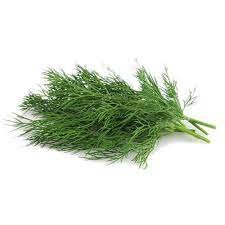
-
Versatile Uses in Everyday Cooking
Make the most of dill by incorporating chopped or whole dill weed into soups, salads, casseroles, stir-fries, stews, meat dishes, or with eggs. Chefs also favor it in healthy dips like hummus, showcasing its versatility in the culinary world.
-
Soothing Dill Tea
Experience the soothing benefits of dill by steeping it in hot water for 10-15 minutes to create a calming tea. Sip on this tea to settle the stomach, promote a sense of peace, treat hiccups, reduce flatulence, swelling, and even alleviate insomnia.
-
Mind the Side Effects
While dill offers numerous benefits, it’s essential to be aware of potential side effects. Some individuals may experience skin irritation when applying dill directly, and those allergic to plants in the carrot family may trigger an allergic reaction.
- Caution and Consultation
Always prioritize safety by consulting with a healthcare professional before integrating herbal medicine into your routine, especially if you are already on medications or prescriptions. Herb-drug interactions can occur, underscoring the importance of professional guidance.
Dill seed emerges as a remarkable herb with multifaceted benefits for overall health. Whether consumed slightly raw or uncooked to preserve its delicate antioxidants and phytonutrients, incorporating dill into your diet is a flavorful journey toward well-being. Explore the diverse ways to enjoy dill, and let its health-boosting properties elevate your culinary and wellness experiences.
DIY Dill Herbal Tea Recipe:

Now, let’s transform the potent properties of dill into a soothing and flavorful tea.
Ingredients:
- Freshly washed dill seed
- 1 cup boiling water
- Optional: Sweeteners like stevia or honey, according to your preference
Instructions:
- Infusion Process: Put the dill seed into a boiling water .
- Cover and Steep: Cover the pan and let the dill steep in the boiling water for approximately five minutes. This allows the beneficial compounds to infuse into the water.
- Optional Sweetening: If you prefer a sweeter tea, this is the time to add stevia or honey. Adjust the sweetness to your liking.
- Strain and Serve: After the steeping period, strain the dill seed from the tea. Pour the infused dill tea into your favorite mug or teacup.
- Enjoy the Elixir: Sip and savor the goodness of your homemade dill herbal tea. The pleasant taste and health benefits make it a delightful addition to your daily routine.
This simple DIY recipe offers a refreshing and health-packed dill tea experience. Feel free to customize it to your taste preferences and enjoy the soothing effects of this herbal elixir.
A Guide to Growing and Using Dill:
Dill seed, the unsung hero of our herb garden, is a culinary delight that enhances salads, soups, sandwiches, and, of course, the beloved dill pickles. We find ourselves constantly craving its distinct flavor, and luckily, growing dill at home is a gratifying and straightforward process.
The Cool Season Herb
Dill is a cool-season herb, thriving in the cooler, wetter parts of the year. For those of us basking in Southern California’s sun, the ideal time for dill cultivation is during the cooler fall or early spring. As the days lengthen and temperatures rise, dill has a natural inclination to go to seed. Fear not, for dill seeds are not only flavorful but also attract beneficial insects. If space allows, let your dill plant provide a feast for pollinators in your garden.
Growing Essentials
Dill loves moisture, so maintaining adequately moist soil is crucial. If you spot burnt tips on the leaves, it’s a signal that the ground might need more moisture or protection from harsh sun. A smart companion planting strategy is to grow dill alongside cabbages, allowing the cabbages to provide a bit of shade, retaining moisture and keeping the dill content.
Harvesting Techniques
When it comes to harvesting, you have options. You can either pull the outer stalks individually, promoting the central stock’s growth and hastening the seed process, or opt for a “haircut” approach. A nice clip of the entire plant slows down the seeding, ensuring you have more of that delectable foliage for your culinary adventures.
Preserving the Bounty
If your dill harvest is bountiful, fear not – there are various ways to preserve its goodness. One favorite method is blending it with olive oil and freezing the mixture in ice cubes. These cubes become handy flavor enhancers for soups, salads, and sauces. While the frozen dill may not match the intensity of fresh, it retains enough flavor to elevate your dishes. Another clever tip is to blend dill with oil, freeze it, and use it as an instant ingredient for homemade salad dressings.
Planting Options
Whether you prefer direct seeding or starting in pots, dill is accommodating. Direct seeding requires consistent moisture during germination, ensuring even and quick sprouting. For those with limited space, consider growing dill in a pot on your patio. One small plant can yield an impressive harvest, making it perfect for container gardening.
Transplanting Wisdom:
If you choose to transplant, remember never to transplant into dry soil. Pre-water the soil and the planting hole to ensure your dill transplant is as content as possible.
In conclusion, cultivating dill at home is a rewarding journey that promises a continuous supply of this versatile herb. Whether you’re a culinary enthusiast or a gardening fan, the joy of growing, harvesting, and savoring dill is an experience to cherish
All the content in this blog is for informational purposes only.it is not medical advice. Please consult with a medical professional.
TO READ SIMILAR ARTICLES, VISIT Black Sesame Seeds
VISIT OUR FACEBOOK PAGE, HERBAL MEDICINE TIPS
FOR MORE NATURAL SOLUTIONS VISIT HERBAL MEDICINE TIPS

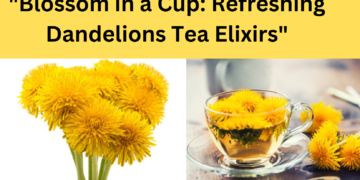
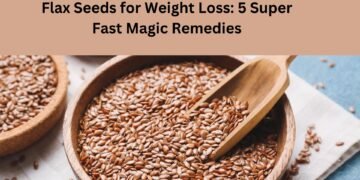

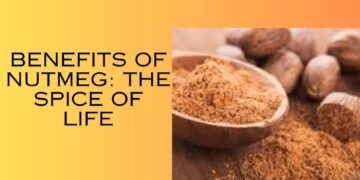

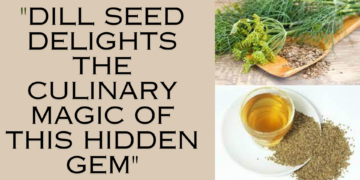





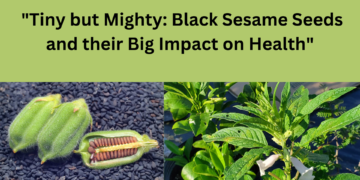
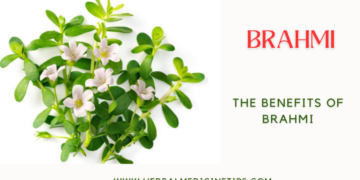
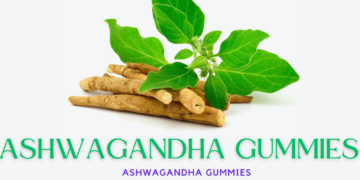
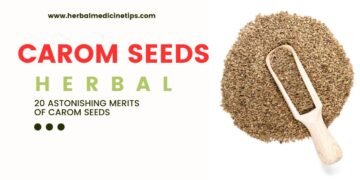
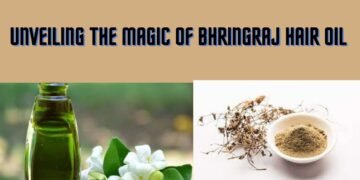












Discussion about this post